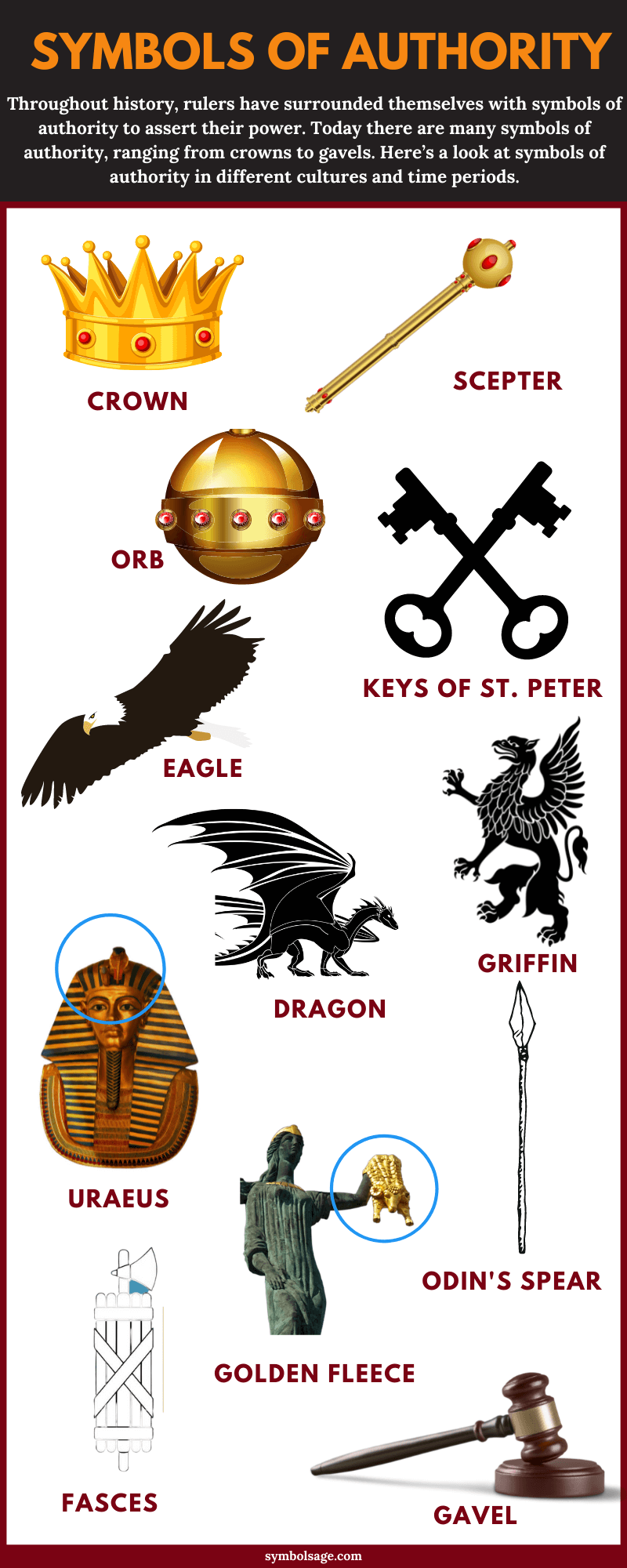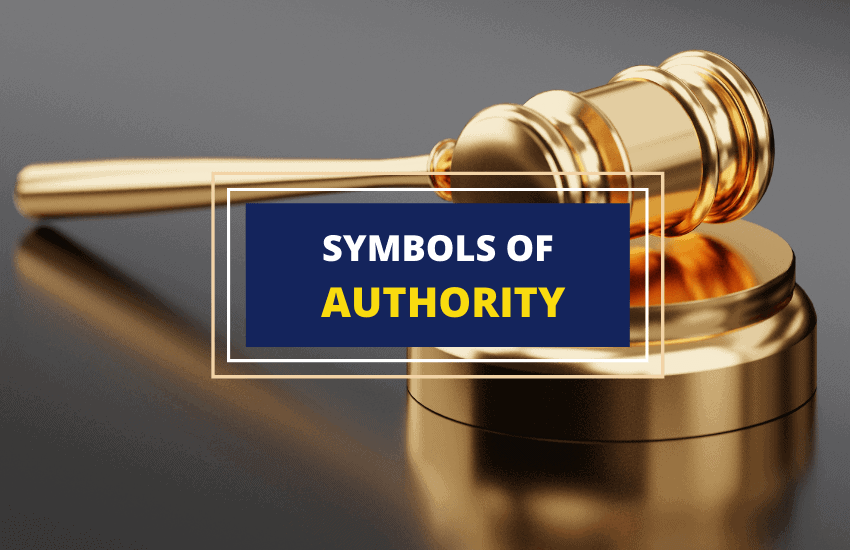
Table of Contents
Throughout history, rulers have surrounded themselves with symbols of authority to assert their power. The term authority is derived from the Latin auctoritas, and was first applied to the Roman emperors, suggesting they deserved respect and obedience.
Over the 16th to the 18th centuries in Europe, monarchies justified their right to rule, with the belief that a king or queen derived their authority from God.
The concept of divinized kings was also evident among the earliest civilizations, especially in ancient Egypt, where deities and pharaohs wore head ornaments and crowns. By the Middle Ages, the popes had coequal authority or even supremacy over the emperors and wore symbols of papal authority.
Today there are many symbols of authority, ranging from crowns to gavels. Here’s a look at symbols of authority in different cultures and time periods.
1. Crown
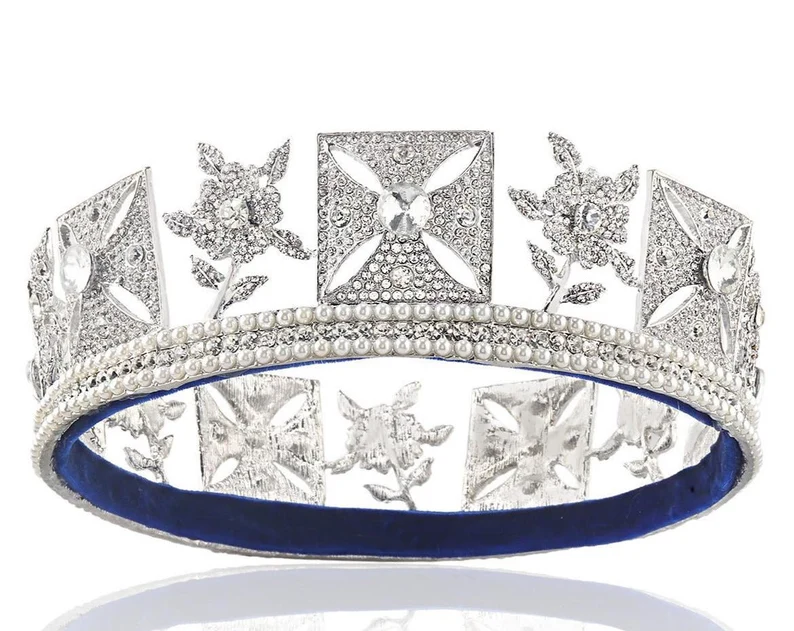
An emblem of the monarchy, the crown is the most recognizable symbol of rule and authority. It’s one of the regalia associated with coronations, the formal ceremony of recognizing a new king, queen, or emperor.
The term regalia comes from the Latin word Rex which means worthy of a king. During the coronation, a sovereign receives upon his or her head the crown as a symbol of regal authority.
The symbolism of the crown is derived from that of the head, which is symbolic of the life force, reason, wisdom, and intellect. In some contexts, the crown also represents legitimacy, honor, and glory.
When depicted in the coat of arms, it also signifies governmental, judicial, and military authority.
2. Scepter
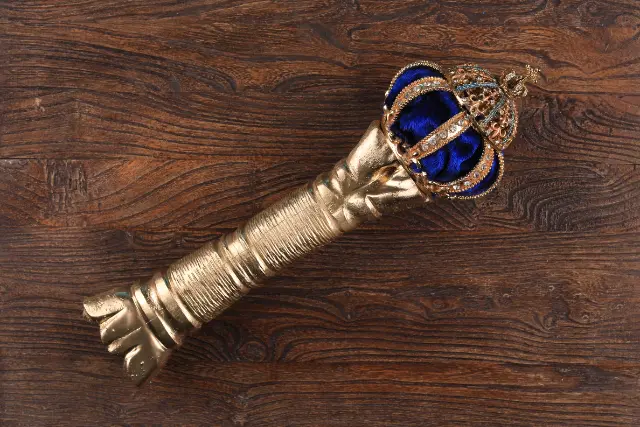
Another emblem of authority and sovereignty, the scepter is an ornamental staff held by rulers on ceremonial occasions.
According to an ancient Sumerian text, the scepter was believed to have descended from the heavens and was even elevated to a status of divinity.
It was first depicted in the hands of ancient gods, but eventually became a symbol of regal power bestowed upon the ruler by a divinity.
3. Orb
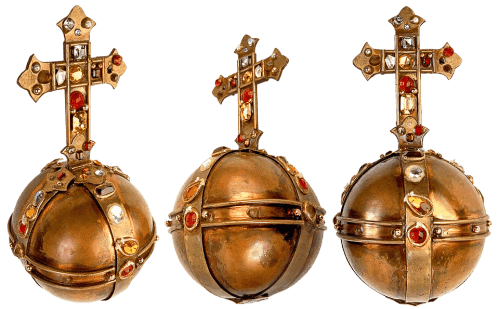
Made of precious metals and jewels, the orb is a traditional symbol of monarchical power and authority. Its symbolism can be traced back to Roman times, where emperors used the globe as a symbol of world domination, usually with the goddess of victory on top.
Later, the goddess was replaced with a cross to symbolize a world under Christian rule, and the orb became known as the globus cruciger.
The globus cruciger signified the Christian ruler’s role as the executor of God’s will. The Holy Roman emperor Henry II was the first to hold it in hand at his coronation in 1014, and it remains an important component in royal regalia in European monarchies.
Since the pope has temporal authority, he also has the right to display the symbol, and it’s usually displayed on the top of papal tiaras.
4. Keys of St. Peter
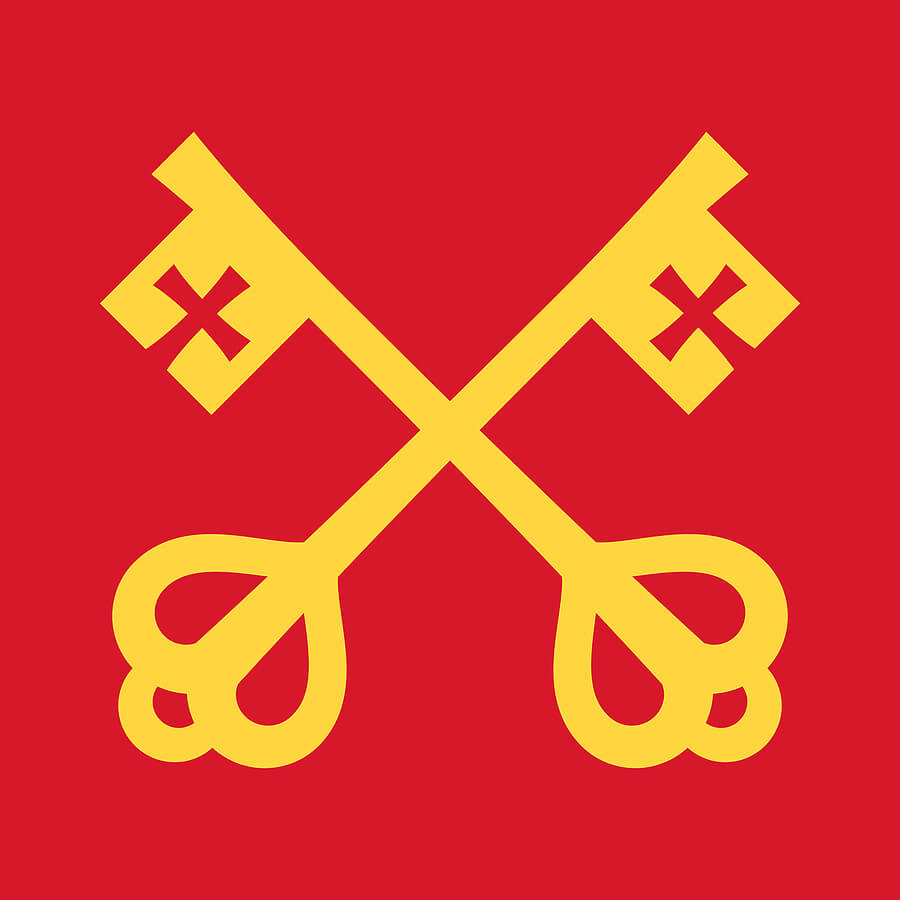
Also called the Keys of Heaven, the Keys of St. Peter symbolizes papal authority. It consists of two crossed keys, which can be seen in the coats of arms of the pope and Vatican City state flag, as a symbol of divinity and obedience.
Its symbolism is inspired by the keys of heaven that Christ entrusted to the apostle Peter.
In Christian art, it’s featured on the fresco The Delivery of the Keys to Saint Peter by the Renaissance artist Pietro Perugino.
5. The Eagle
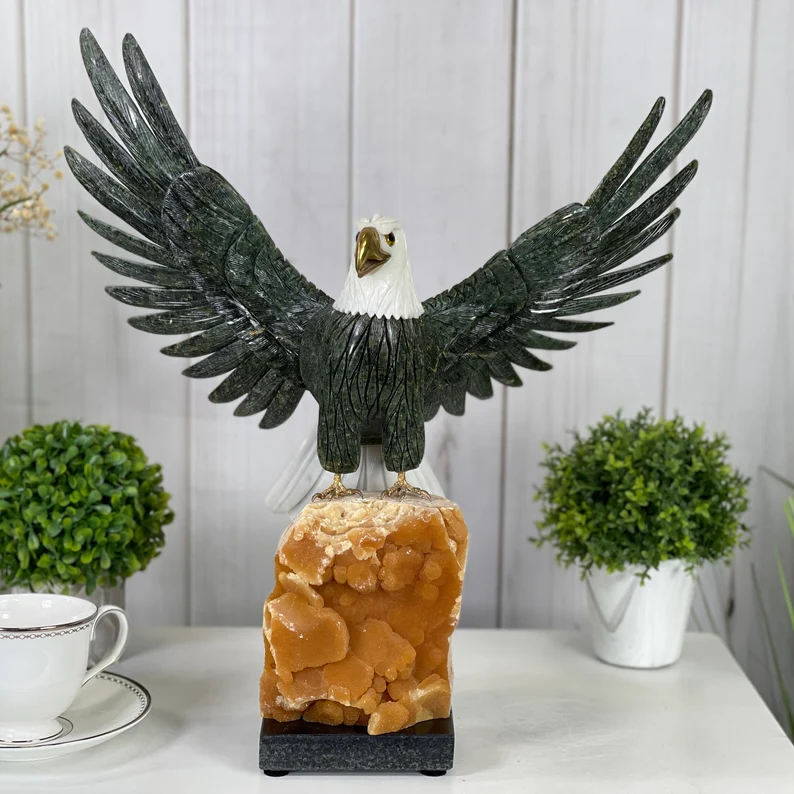
As the king of birds, the eagle has been associated with power, authority, and leadership. The symbolism likely stems from its strength, physical attributes, and reputation as a hunter.
It has been adopted as a national identity by nations, including Germany and the United States.
As a solar bird, the eagle is symbolic of the gods of the sky. Its association with the sun strengthened its reputation, as the sun also symbolizes power and authority.
The eagle was even the emblem of the Roman sun god, Sol Invictus, whose name means victorious over darkness.
Later, the eagle became the emblem of the Roman Empire and was used to represent the emperor, who was in absolute control. Roman scepters, swords and coins were usually finished off with the figure of an eagle.
It was also the emblem of the Austrian and Russian empires and the most iconic symbol of Napoleon’s reign.
6. The Dragon
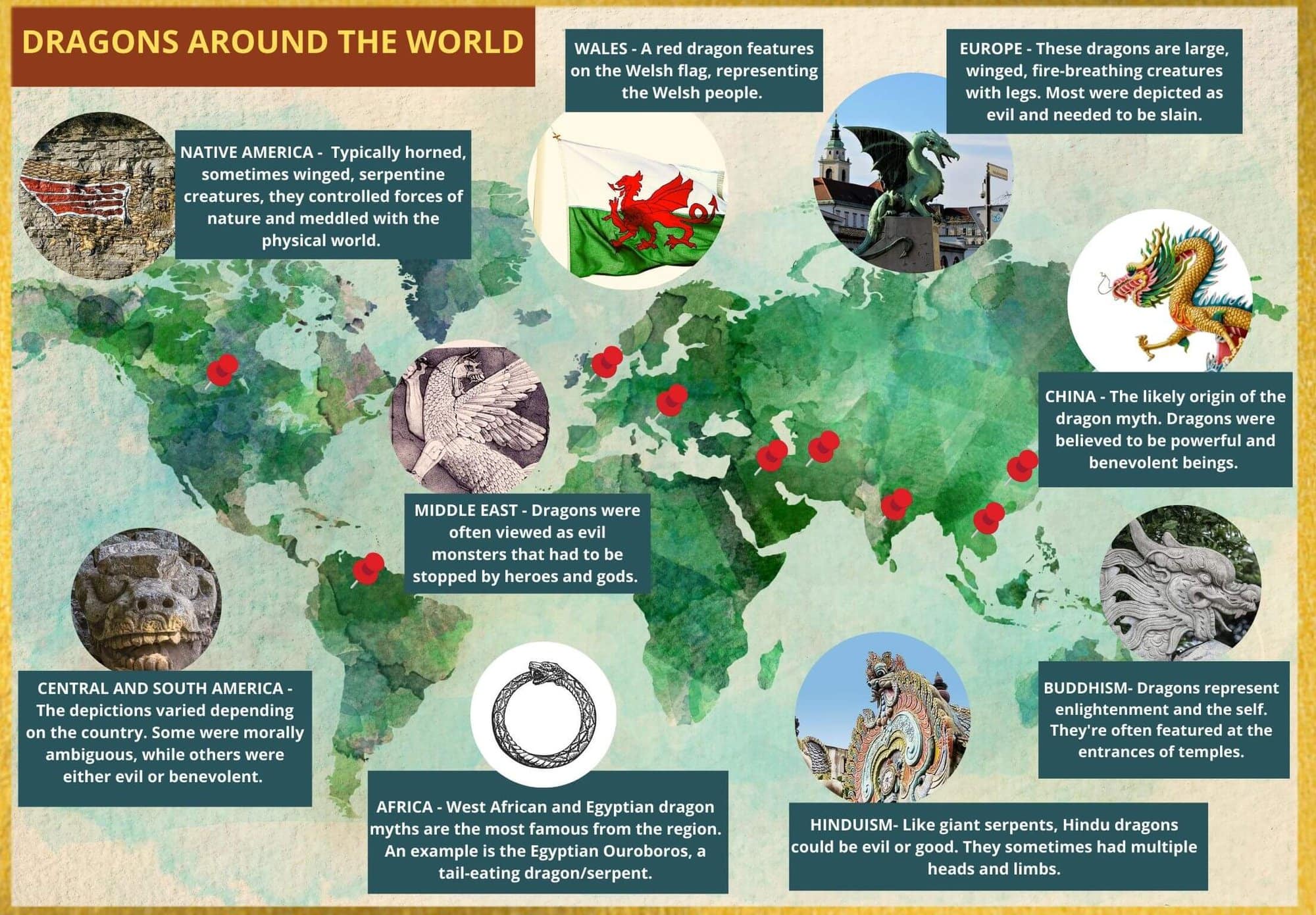
As a mythical creature with great power, the dragon was particularly favored as a symbol of royal authority. In China, it represents the glory of both the emperor and the sun.
For some, the emperor was viewed as an incarnation of the dragon. As an imperial symbol, it was carved on thrones, embroidered on silk robes and featured on architectural decorations.
During the Joseon dynasty, the dragon also represented the authority of the kings, who had received the mandate of heaven to rule.
Unlike the evil dragon of the Western imagination, the Eastern dragons are seen as auspicious, benevolent and wise creatures, associating them with supremacy, nobility and greatness.
7. Griffin Symbol
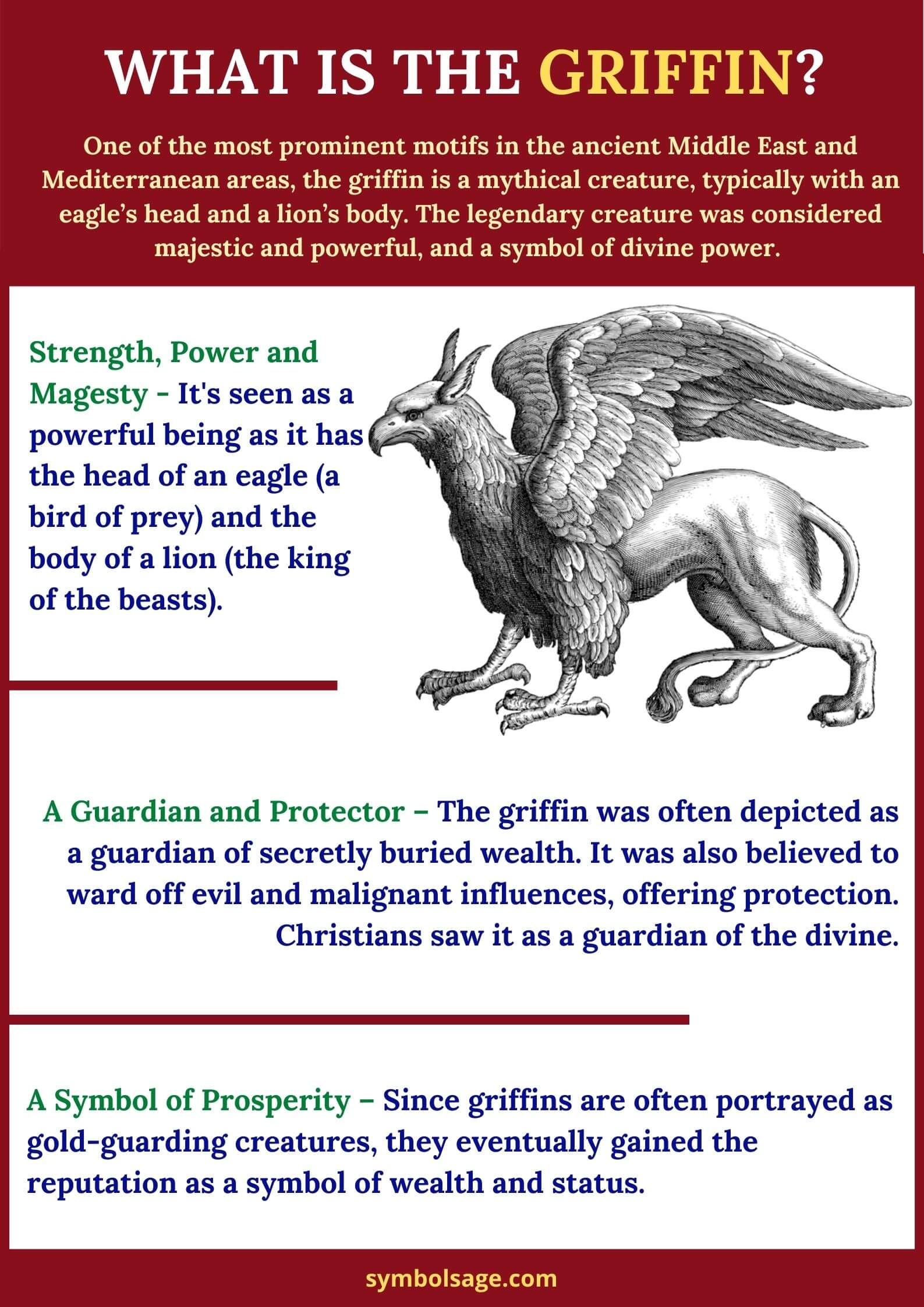
Part-eagle, part-lion, and the griffin is a popular symbol of power and authority in the Classical world, as well as in medieval Christianity and heraldry.
At one time representing royalty, it soon gained the role of a guardian. It was also carved on tombs, which may have meant to symbolize the royal lineage of the people buried within and to protect them.
8. Uraeus
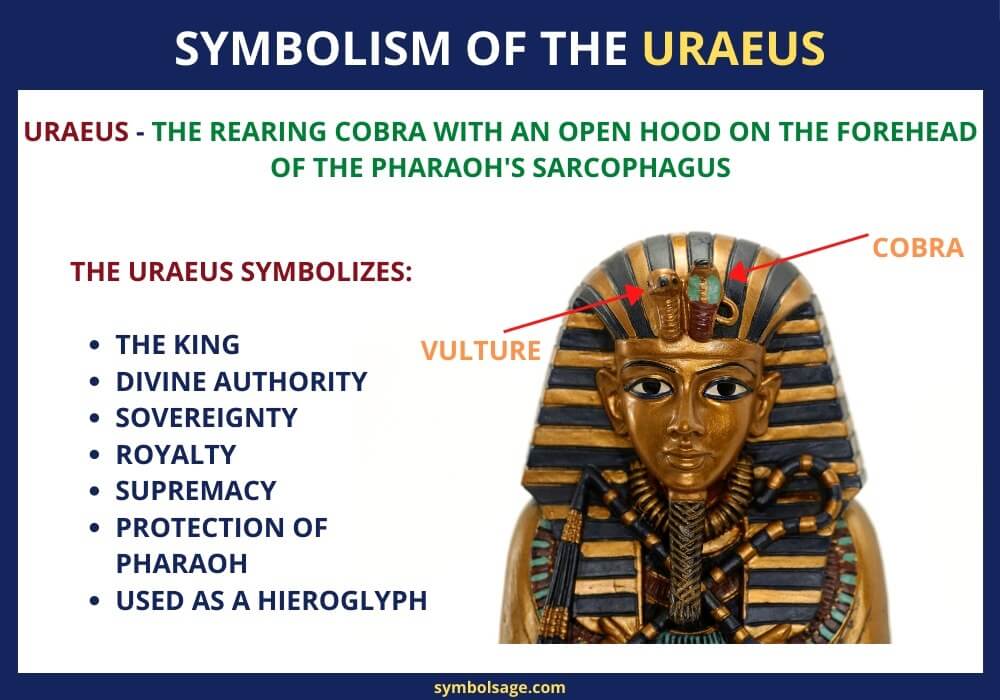
Attached to the front of the pharaoh’s crowns, the uraeus symbolized divine authority, sovereignty, and royalty. It’s represented by a figure of an upright cobra, which is associated with the sun and several deities, such as the goddess Wadget, whose job was to protect Egypt and the cosmos from evil.
Therefore, the uraeus was also used as a symbol of protection, as the Egyptians believed that the cobra would spit fire at their enemies. Also, it’s believed to be the guide of the deceased pharaohs in the afterlife.
9. Gungnir (Odin’s Spear)
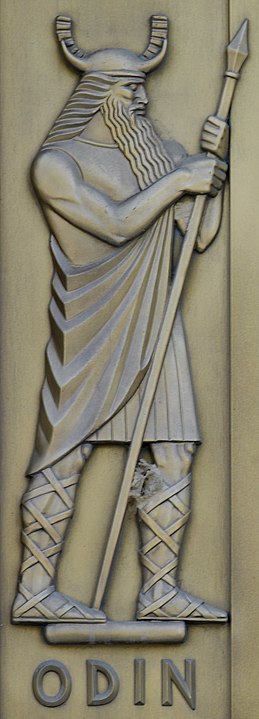
In Norse mythology, Odin is one of the principal gods, and his spear Gungnir symbolizes his power, authority, and protection. The name Gungnir means the swaying one, as it brings people to Odin.
In the Ynglinga Saga, he would use the weapon to strike terror into the hearts of his enemies. It seems to have been of great significance during the Viking Age, around 9th to 11th century, as it appears on ceramics and cremation urns found throughout central and south Sweden.
10. The Golden Fleece
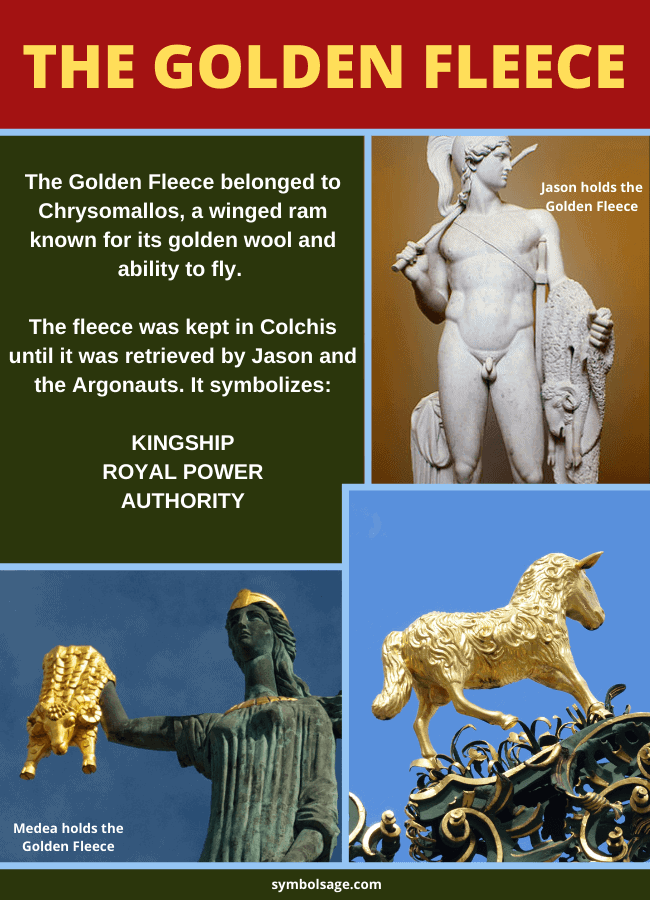
In Greek mythology, the Golden Fleece is a symbol of royal power and authority. It belonged to Chrysomallos, a winged ram with golden wool.
It’s the highlight of the famous expedition of the Argonauts, led by Jason, as King Pelias of Iolkos promised to surrender his kingship if the fleece was found.
In ancient times, the expedition was regarded as a historical fact and was mentioned in the 3rd century BCE epic, the Argonautica, by Apollonius of Rhodes.
Nowadays, the Golden Fleece is featured in heraldry, such as on the coat of arms of New Zealand, and on the coat of arms of the Australian state of New South Wales.
11. Fasces
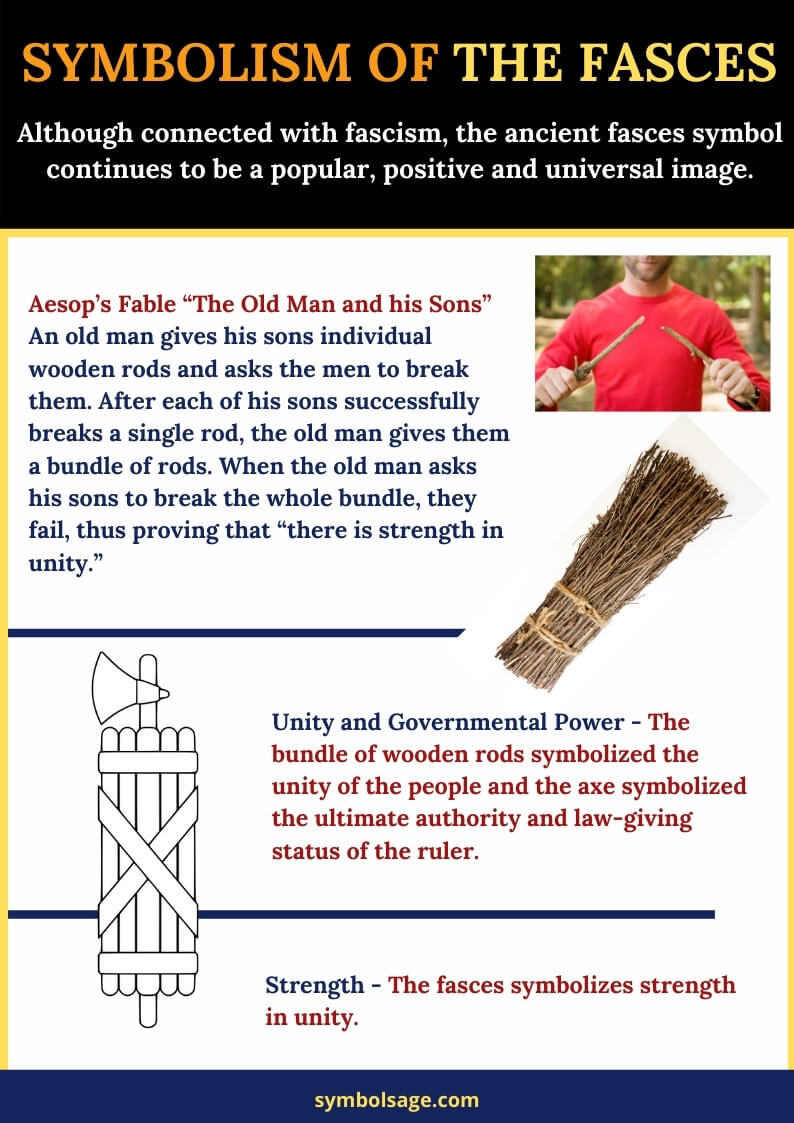
The insignia of official authority in ancient Rome, the fasces refer to a bundle of rods and a single axe, which were carried in public processions and administrative ceremonies.
The term is derived from the plural form of the Latin fascis which means bundle. It’s believed that the Romans adopted the fasces from the Etruscans, who are believed to have taken the symbol from the labrys of the ancient Greeks.
The fasces were the symbol of the judicial authority of the lictors or magisterial attendants. By exercising his authority, a Roman leader could punish or execute those who disobeyed.
The rods represented punishment and the axe implied beheading. On the other hand, lowering the fasces was a form of salute to a higher official.
By the 20th century, the fasces symbol was adopted by the fascist movement in Italy to represent order and strength through unity.
In the United States, it’s featured throughout the memorial of Abraham Lincoln to represent the power and authority of the state over the citizens.
However, here the symbol depicts a bald eagle above the axe, an American twist on the ancient Roman symbol.
12. Gavel
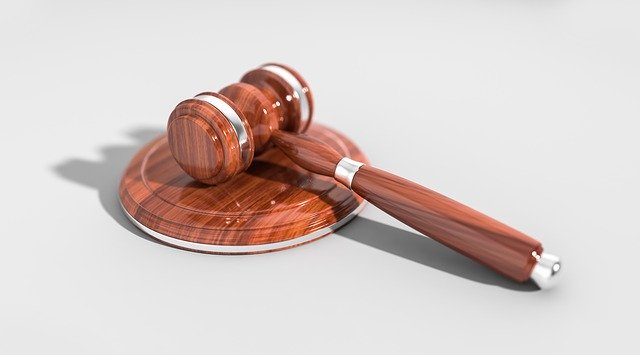
The hammer, or gavel, is symbolic of justice and authority, especially of a person to hear and resolve disputes. It’s typically made of hardwood and struck on a sounding block to signify judge’s authority in the courtroom.
In democratic countries, it’s used by the President of the Senate, as well as of the Speaker of the House, for commanding attention, silence, and order during sessions.
The symbolism of the gavel stemmed from 10th-century Scandinavian mythology. Archeologists have found small metal amulets representing Mjolnir, the hammer of the Norse god of thunder, Thor.
He was a patron of justice and his hammer was the symbol of his power, which suggests that the judge’s gavel owes its origin to the symbol of Thor’s might and authority.
Wrapping Up
Symbols of authority are an important part of all societies. These symbols are meant to signify the rulers’ high social standing, greater wisdom and power, which are deemed necessary for a well-ordered society.
In countries ruled by monarchies, the regalia of crowns, scepters and orbs remain the symbols of power and authority. Apart from these, there are a wide range of symbols that depict authority.
Similar Articles:
19 Popular Symbols of Power with Their In-Depth Meaning
29 Powerful Symbols of Achievement and Success and What They Mean
19 Important Symbols of Independence and What They Mean
19 Profound Symbols of Gratitude and What They Mean
Top 15 Powerful Symbols of Quality and What They Mean
